The Open Forest project provides a space for co-creative engagements with forest imaginaries by bringing together diverse forest dwellers and inviting them to walk with various forest patches. The experimental forest walks are performative and open-ended, centred around the elements of spontaneity, surprise, and curiosity.
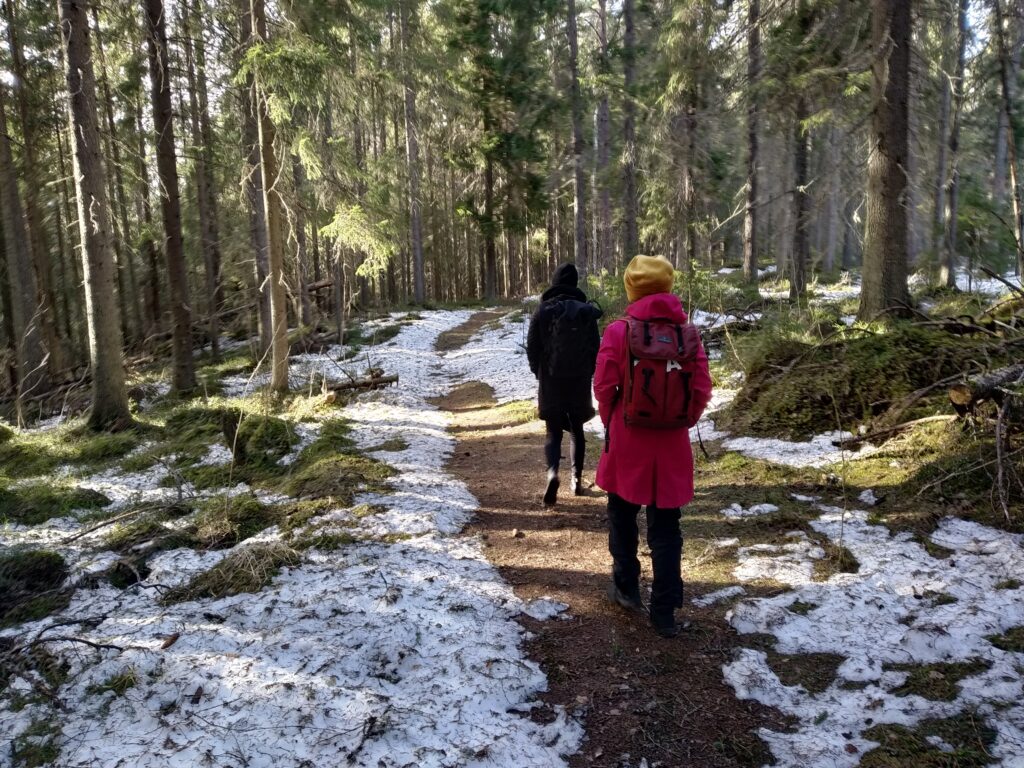
We embrace walking as a way of becoming more responsive to place, a relational activity stimulating thinking, feeling, and participation that can trigger co-creative knowledge production. We walk both physically and remotely, together and apart, sometimes in actual forests and sometimes through data-based representations of them, guided by various human and other-than-human navigators with good knowledge or sense of local landscapes.
Since autumn 2020, we have walked with multiple forests in various parts of the world. In Finland, the walks are situated mostly in a highly instrumentalized forest in the Hyytiälä forestry field station in Juupajoki and also in the Sipoonkorpi National Park located near Helsinki. In Australia, we walked with the Melbourne urban forest – a complex ecosystem of more than 70,000 trees each with unique digital IDs. In the Czech Republic, our walks happened in the protected landscape area Křivoklátsko – a unique ecosystem of species-rich habitats located in Central Bohemia. In Colombia, we explored forest gardens, or chagras, in Tabanoc, the ancestral territory of Kämentsa people.
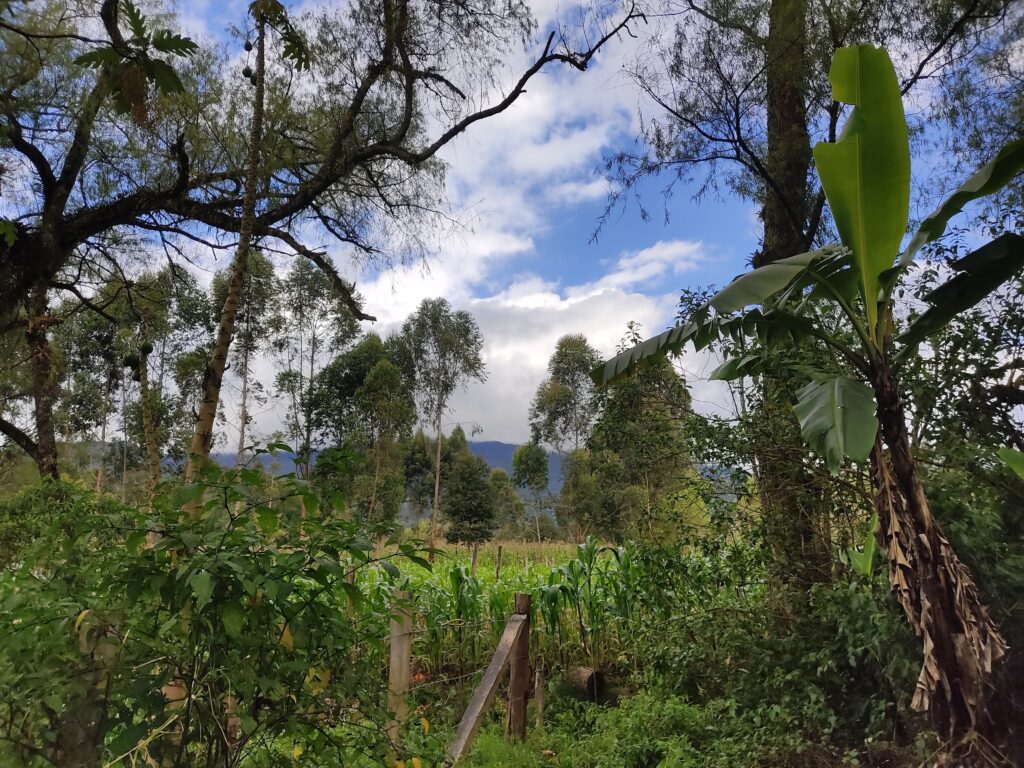
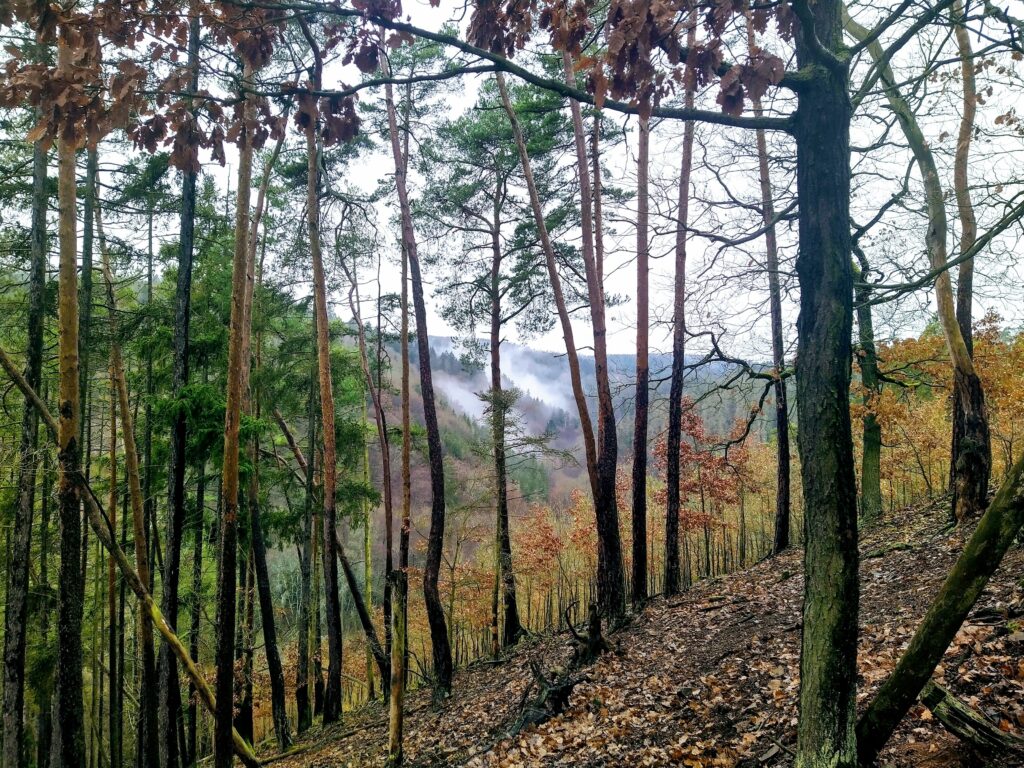
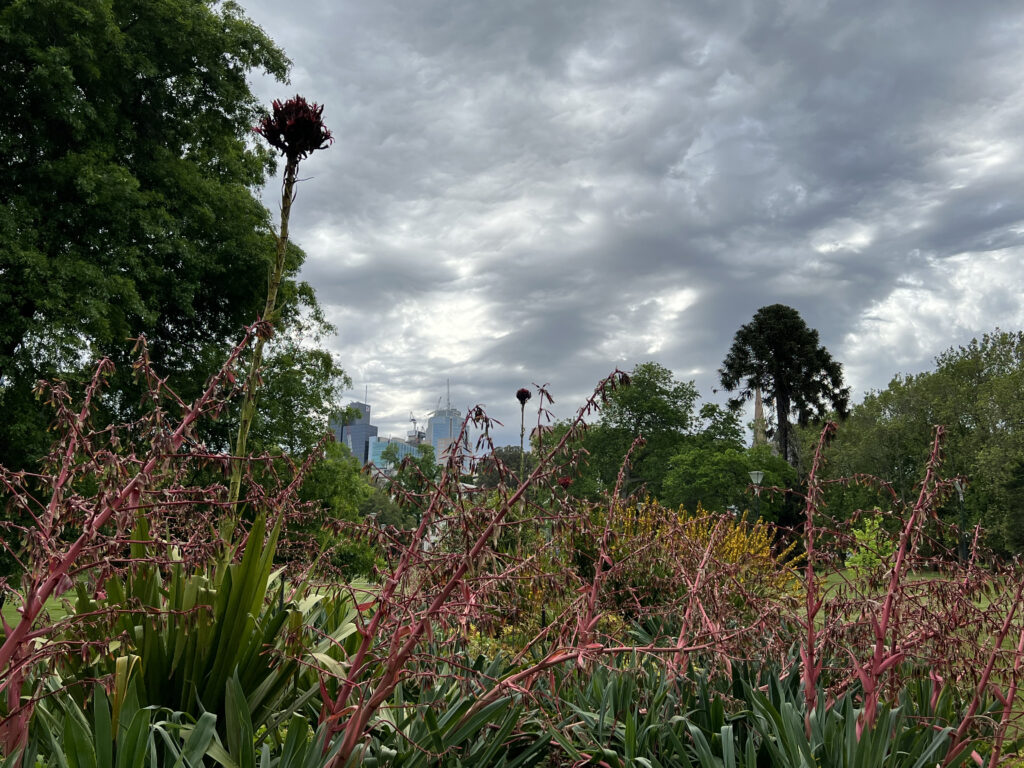
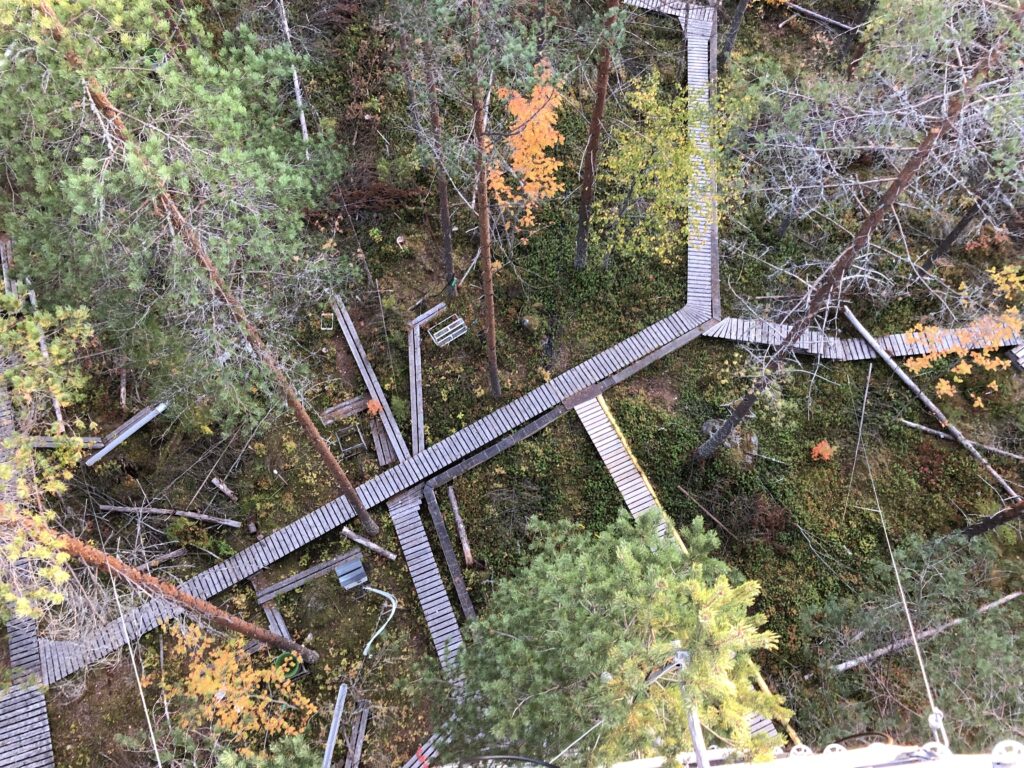
In each location, we experiment with different walking formats and approaches that support the co-creation of forest-stories shared both by researchers and participants. Some walks happen in person; others have a hybrid cyber-physical format and are broadcasted from the local forests to participants located elsewhere, who could join via a video conferencing platform. The Hyytiälä walks are guided by local forest researchers, and in Sipoo we walk guided by local forest healers. In Melbourne, walking has been encouraged as a way to encounter familiar terrains in unfamiliar ways – a more-than-human dérive (or ‘drift’) through the urban forest mapped via our digital portal. Bohemian walks are led by Chewie the dog, and in Tabanoc, we walk under the guidance of Kamëntŝa women.
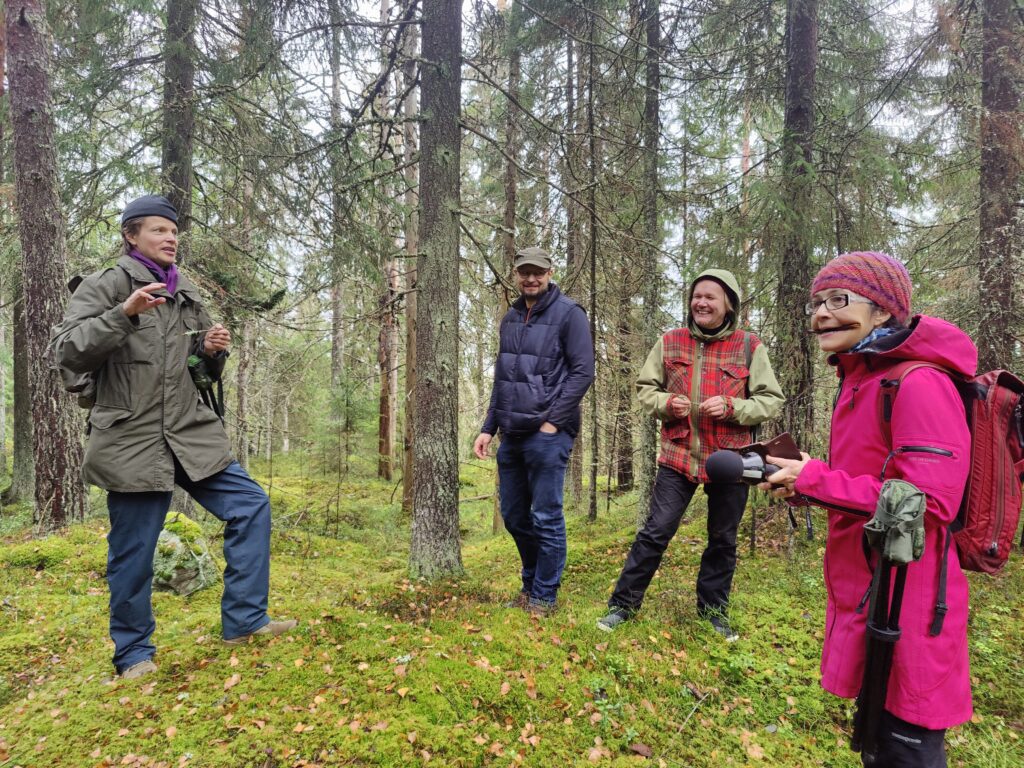
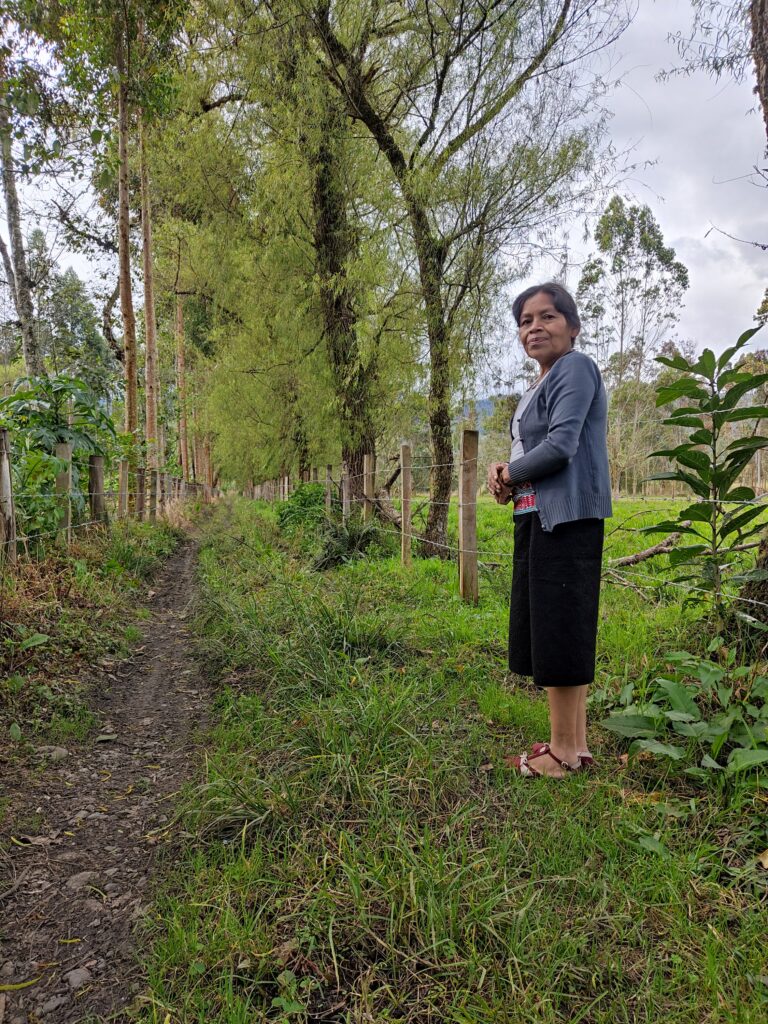
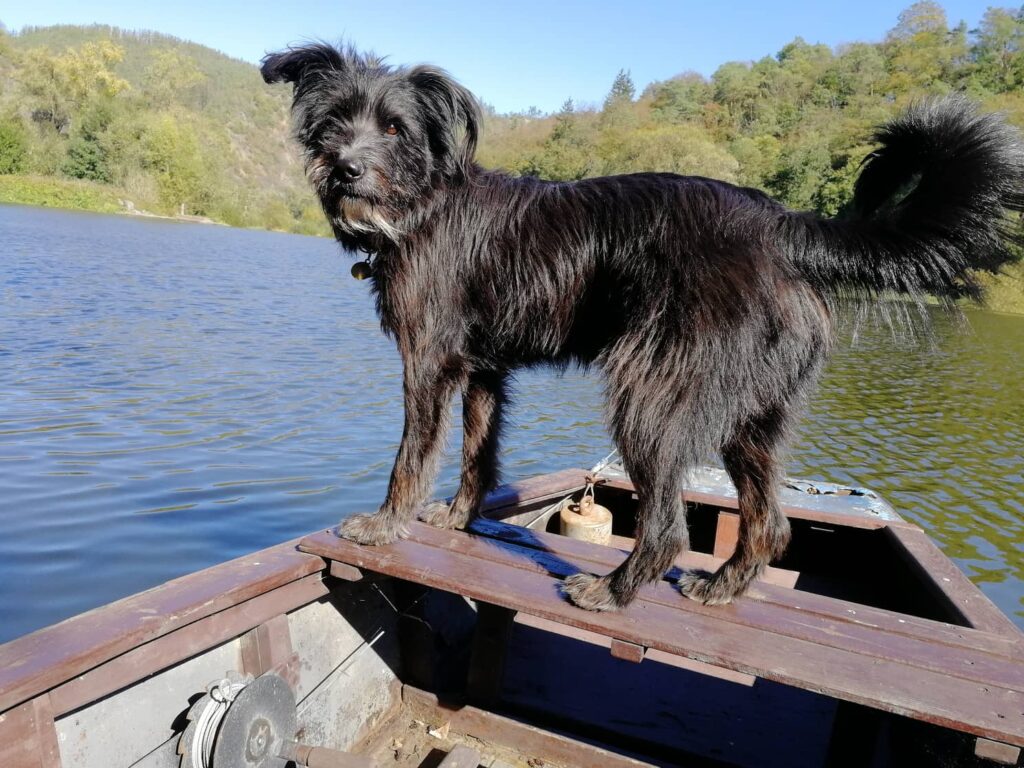
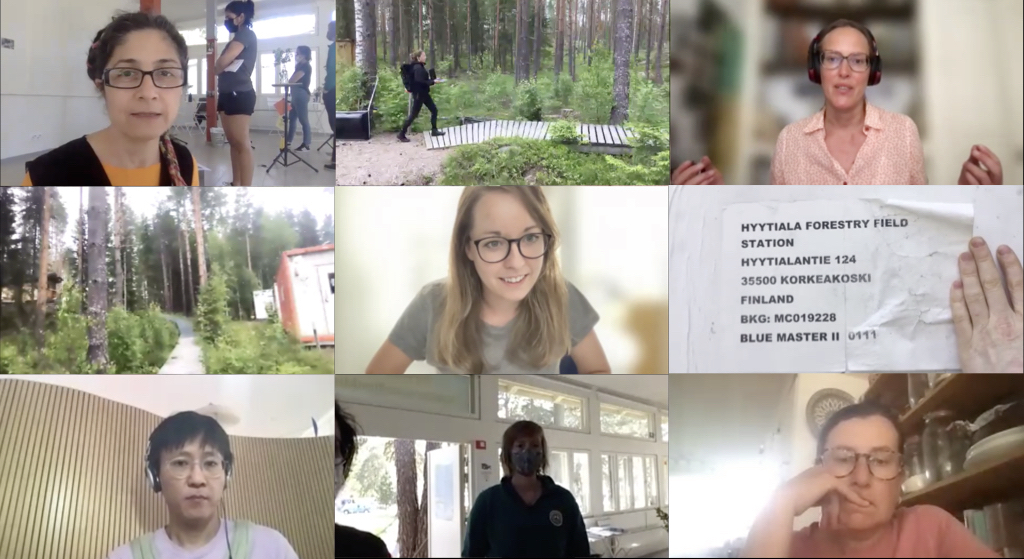
While walking, we try to listen carefully to our surroundings. Sometimes, we record moments in text and audiovisual notes, and talk with fellow walkers about eco-social issues in forest ecosystems and beyond. These conversations, experiences and notes become forest stories, which are shared via the Feral Map, an online public interface connecting more-than-human stories and data.